My problem:
I want to light up the inside of transporters with a 12V LED strip. But I don't think powering it with the 12V car battery directly is a good idea. Although the name implies 12V, a car battery does not deliver exactly 12V, but between 13.5V and 11.5V depending on the level of charge and rate of (dis)charging.
So with that, I fear overvolting the LEDs. The forward voltage of LEDs grow very little with the current passing through them, so overvolting can easily increase current by a lot and therefor reduce their live time massively.
My solution so far:
Can't be that hard to regulate the voltage down to 12V, right? ... wrong.
First I tried a KA7812 12V Voltage Regulator [PDF] that I had laying around. But turns out these types of regulators only work for input voltages higher (at least 2V) than the regulated output voltage. (so ≥14.5V→12V, but 13V→11.1V, 12V→10.2V, ...)
Then I tried to design my own voltage regulator that can regulate voltages down to 12V, but lets voltages lower than 12V pass (more or less untouched). I started with the basic op-amp design:

But I soon discovered that this design has also a minimum voltage drop of at least 0.7V because the base-emitter junction not allowing the op-amp to regulate Vo=Vi. When Vo is the emitter of the transistor and the op amp can only output it's supply voltage (=Vi) as a maximum to the base pin, a reduction of 0.7V is given to satisfy the BE forward voltage and CE current can flow.
And it's getting worse: Assuming Vi is near 12V, then Vo will be even lower than Vi-0.7V. An op amp provides an output voltage floating between it supply potentials with a padding of ruffly ±2V. So 12V as Vi makes 10V as a maximum op amp output, that with the 0.7V forward on the BE ... so Vo can't be more than 9.3V!
So after more hours of trial and error than I am willing to admit, I ended up with his design:

It works in simulation: The voltage drop on Vi≤12V is minimal (on a weak load) and at no point strip± gets bigger than 12V.
But I have never seen such a design before. At this point I'm not sure if this circuit works well in practice or if there are better ways of doing this. So my question is: Should this for me be the way to go?
